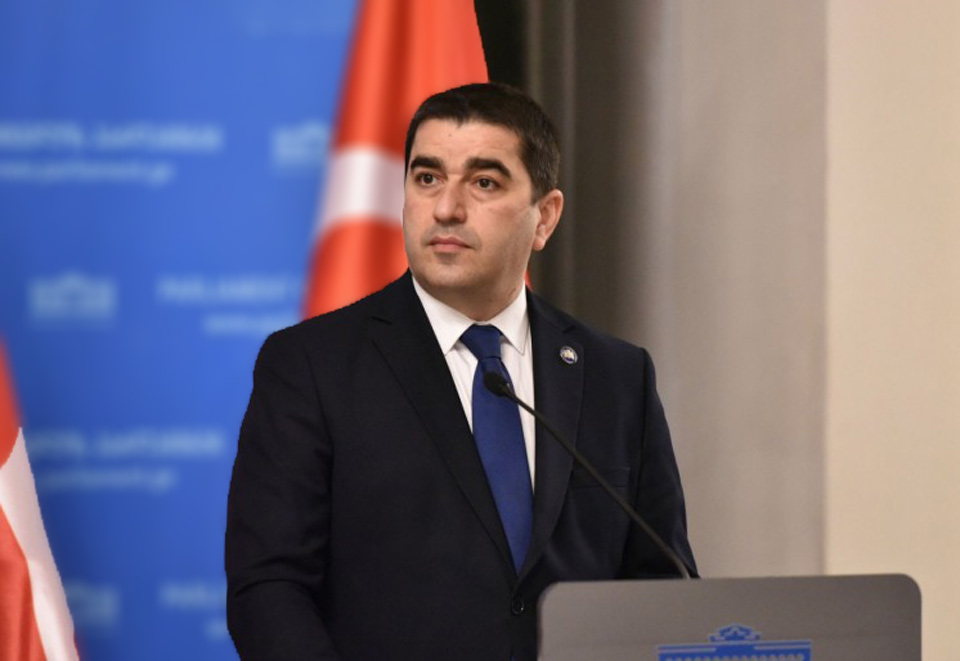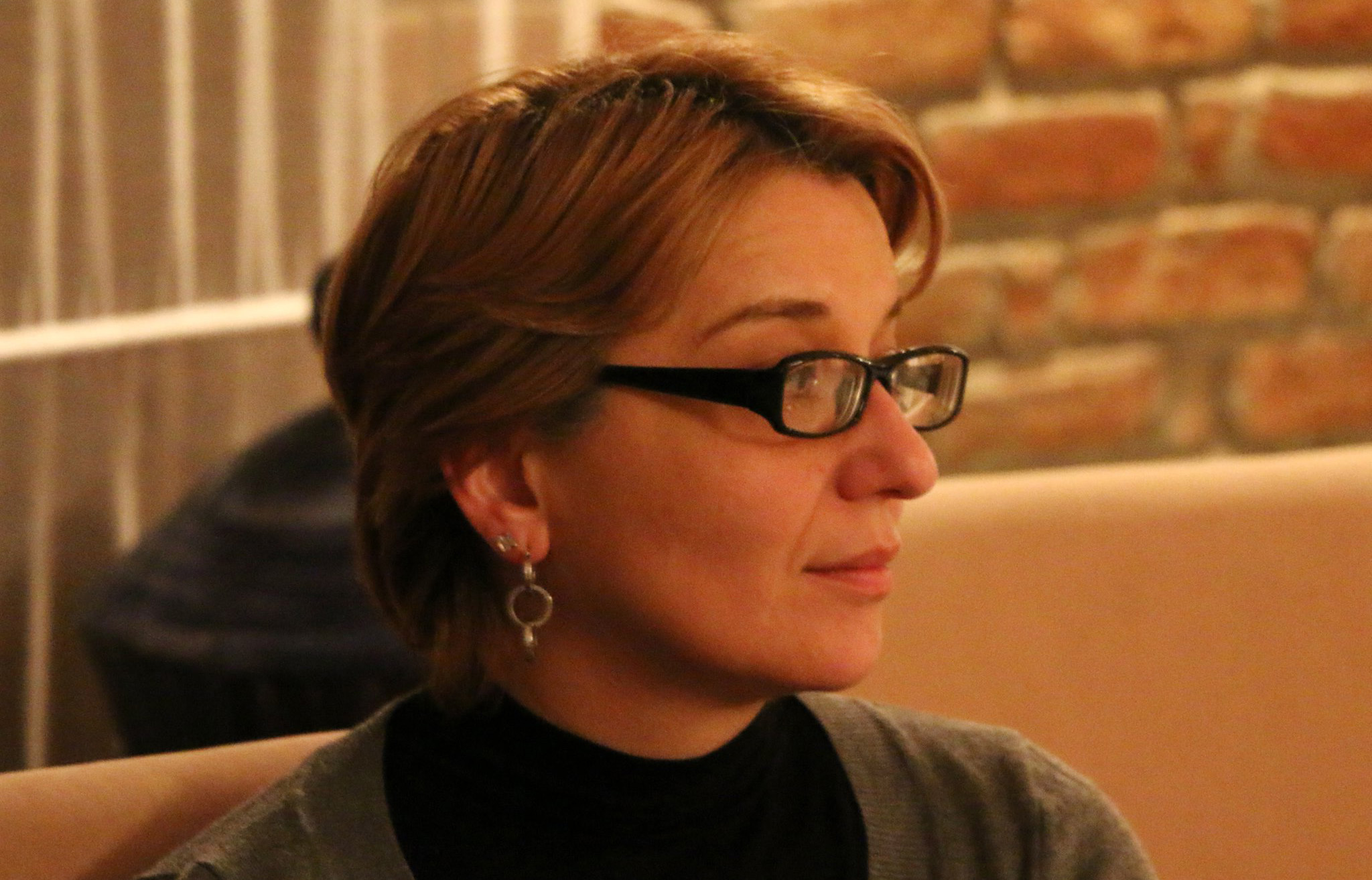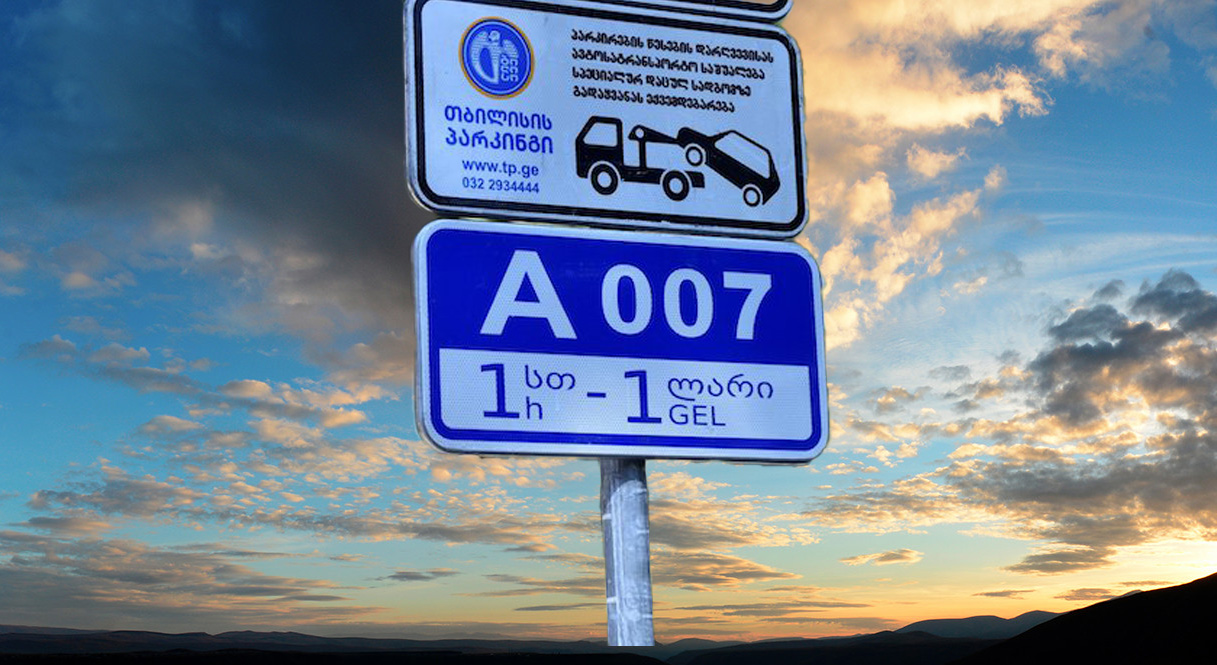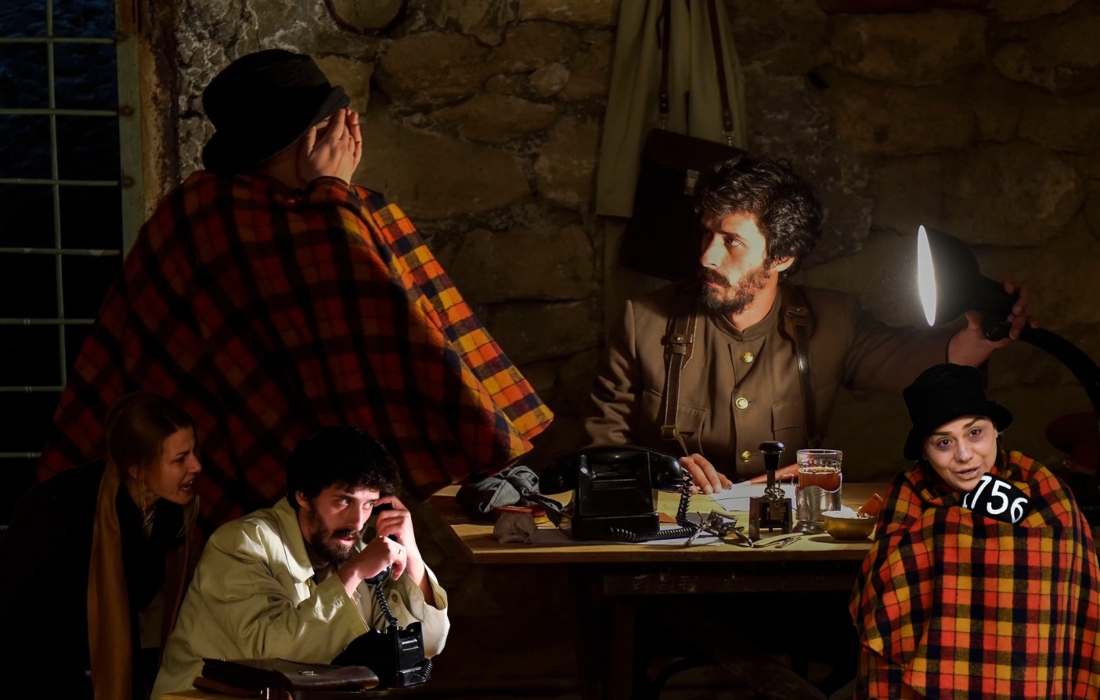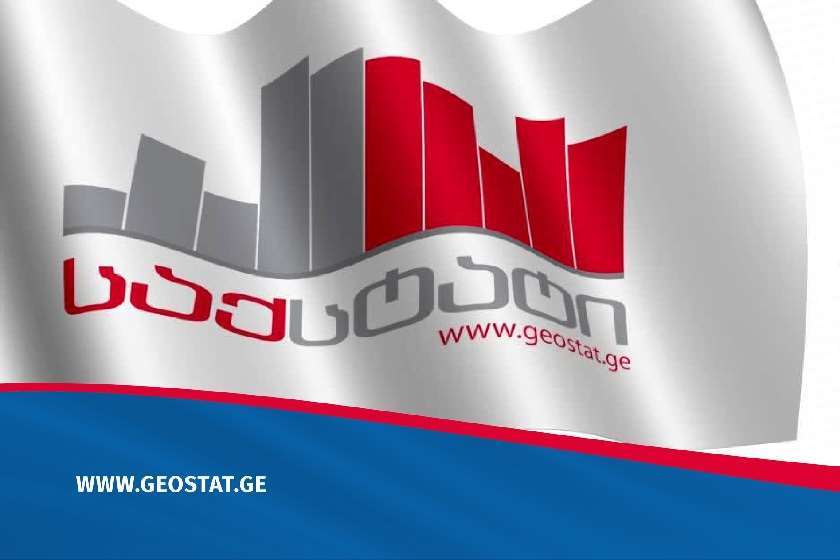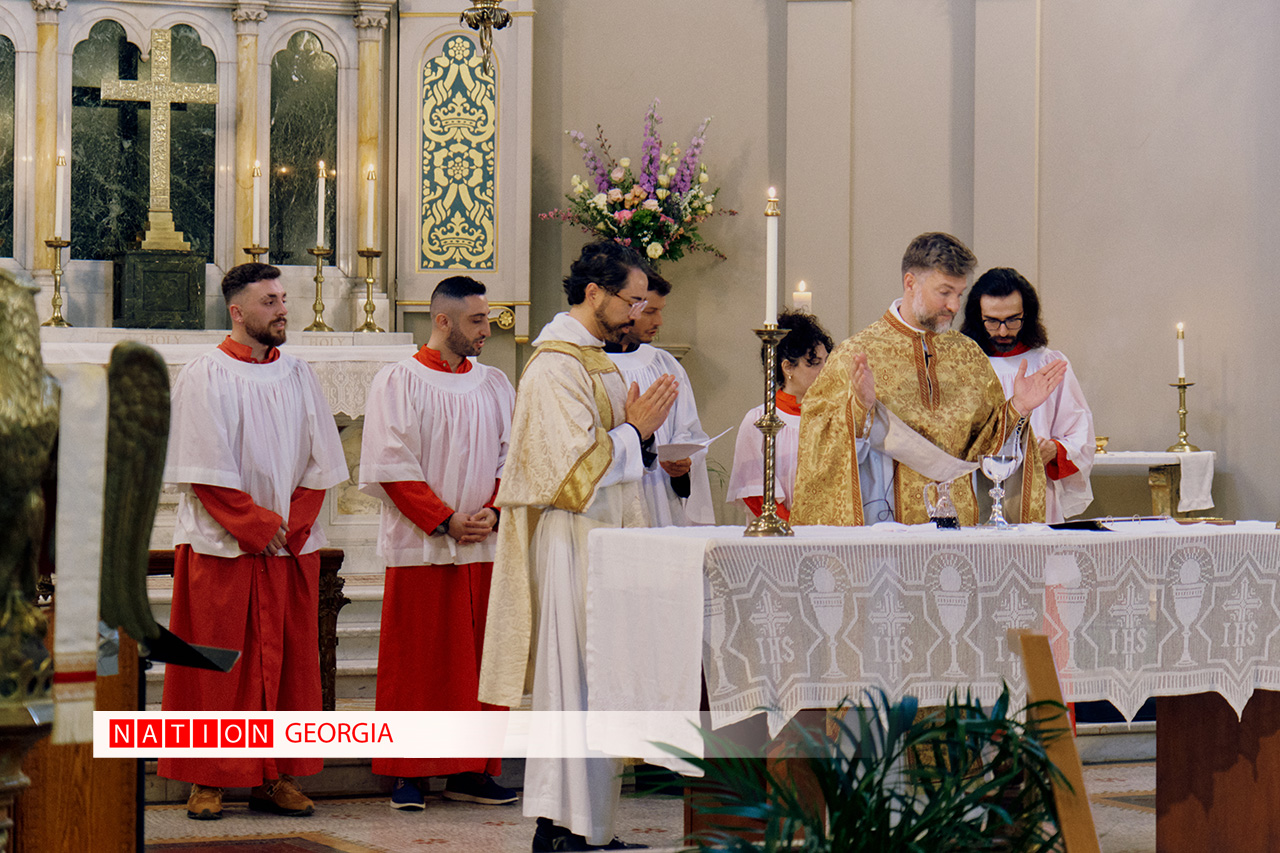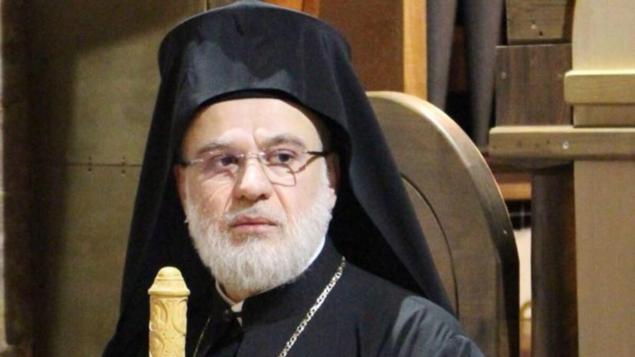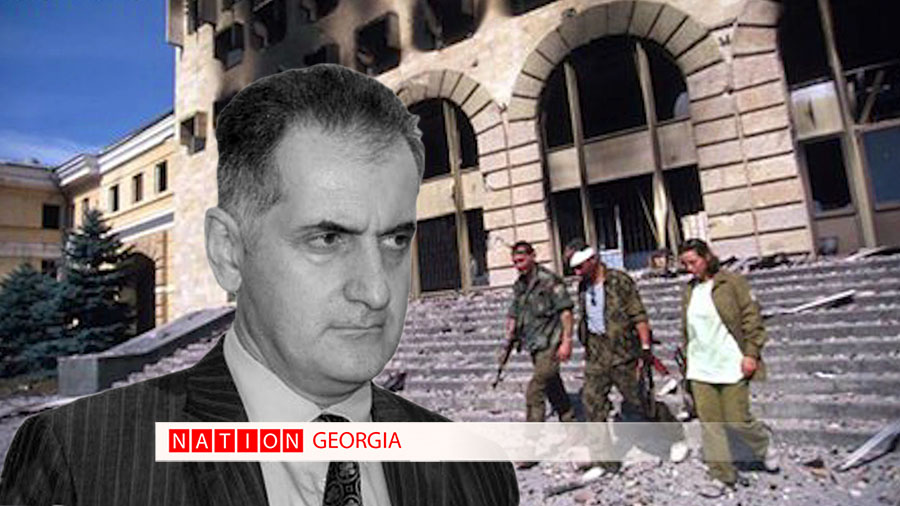
IAEA calls for restraint around Kursk NPP amid hostilities in region
10.08.2024 ნახვები: 2903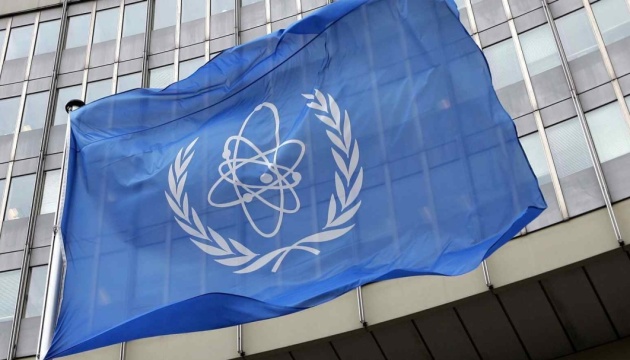
That’s according to a statement posted on the IAEA website, Ukrinform reports.
IAEA chief Rafael Grossi reminded the warring parties of the “seven indispensable pillars” for ensuring nuclear safety and security during an armed conflict and the five principles worked out in relation to the situation around the Zaporizhzhia NPP in Ukraine.
The IAEA recalled that the Kursk NPP has six units of two different reactor types: RBMK-1000 and VVER-510. Two of the RBMK-1000 are in shutdown and two are fully operational. The two VVER-510 units are under construction.
The city of Kurchatov, where the Kursk NPP is located, lies 100 km from the border with Ukraine and 40 km from Kursk, recalls DW.
Grossi's comment came in the wake of the statement from the Russian embassy in Vienna that on August 8, debris and possibly fragments of downed missiles were allegedly discovered at the plant premises near the radioactive waste processing complex. This report has not been verified by other sources.
Read also: Pentagon says developments in Kursk region consistent with U.S. policyOn the night of August 10, local authorities declared a missile threat in Kursk region. Also, on August 9, a counter-terrorist operation (CTO) regime was introduced in Belgorod, Bryansk, and Kursk regions of the Russian Federation.
As Ukrinform reported earlier, a fire at a power substation in Kursk region overnight August 10 led to power outages in several areas, in particular, the city of Kurchatov, where the Kursk NPP is located.
The power supply has since been restored, local authorities said.




